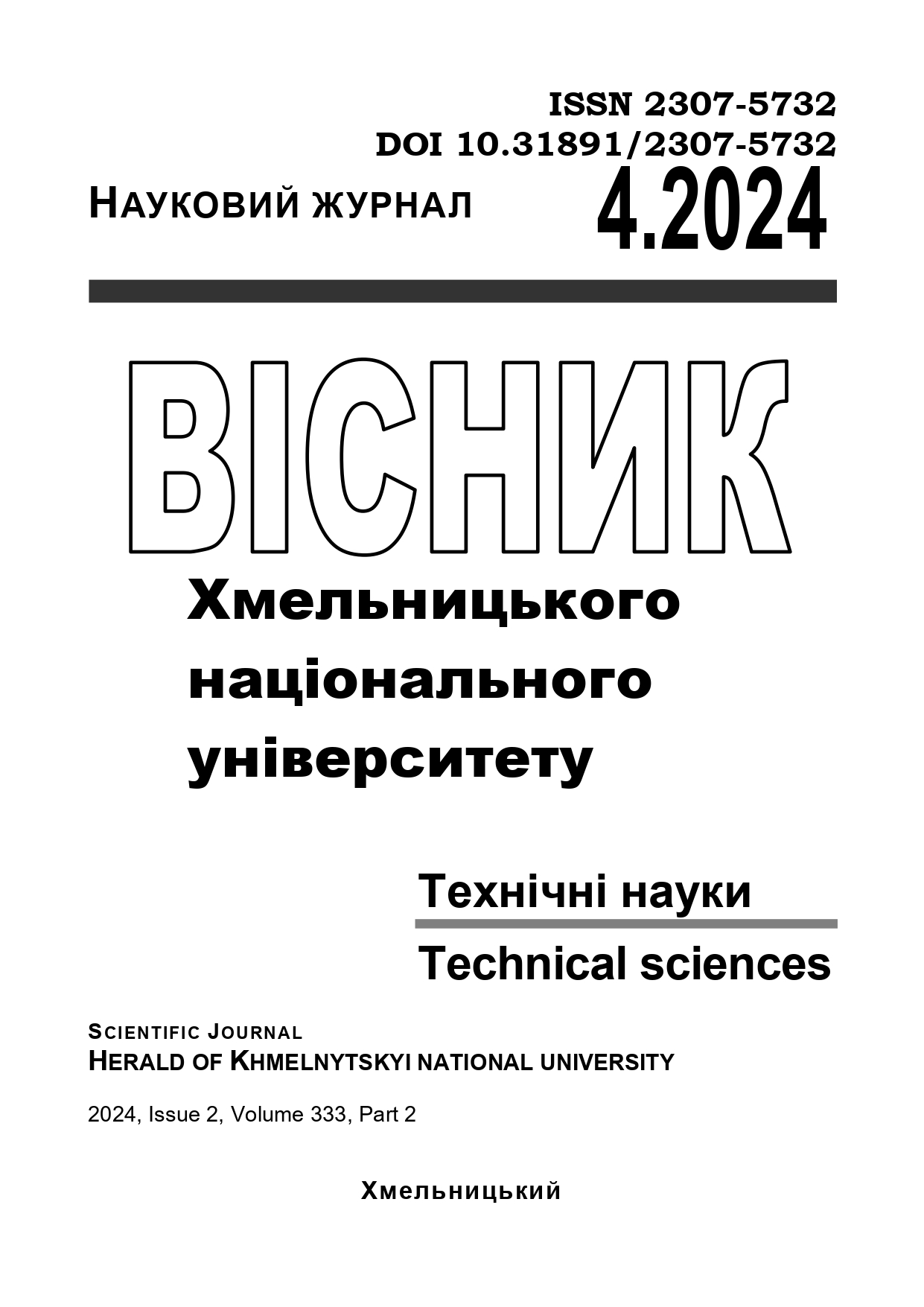PARALLEL ANALOG-DIGITAL CONVERTER WITH RANDOM CHANNEL SWITCHING
DOI:
https://doi.org/10.31891/2307-5732-2024-339-4-7Keywords:
parallel analog-to-digital converter, temporal instability error, dynamic range, random channel switchingAbstract
The paper presents a method of improving the dynamic range of parallel analog-to-digital converters (ADCs). It was established that the analog-to-digital signal conversion in multi-channel ADCs of the parallel type is accompanied by the instability of the formation of the output readings of the signal in the time domain. As a result, there are errors in the time instability of the output signal of the parallel ADC. This leads to the appearance of parasitic frequency components in the spectrum of the output signal, which narrow the dynamic range of the ADC.
It was established that the digital spectrum of the output signal of a parallel ADC contains groups of frequency components that overlap each other and are evenly distributed along the frequency axis, and it is impossible to separate the components of the input signal and the parasitic components of the spectrum.
The use of random switching of conversion channels with the formation of two subgroups of channels and further processing of the ADC output signal in the frequency domain is proposed. From the entire group of available channels of the parallel ADC, two subgroups are constructed with the corresponding errors of time instabilities. The formation of subgroups requires an approximate estimation of the errors of temporal instabilities of the ADC channels, so the process of error estimation itself does not require significant time costs.
The structure of the process of analog-digital conversion with random switching of ADC channels is presented. The spectra of the output signal of the parallel ADC were analyzed for the mode of deterministic switching of channels and for the mode of random switching and formation of two subgroups of channels. For the random switching mode and the formation of two subgroups of ADC channels, the power of the parasitic components of the output signal decreases and becomes more evenly distributed along the frequency axis. To suppress these components, it is suggested to use a low-pass filter at the output of the parallel ADC.
A structural diagram of a parallel ADC with random channel switching has been developed. Analysis of the effectiveness of the proposed method confirmed that thanks to the developed method, it is possible to expand the dynamic range of a 10-bit parallel ADC by 6-13 dB, depending on the value of the time instability of the output signal of the converter.

